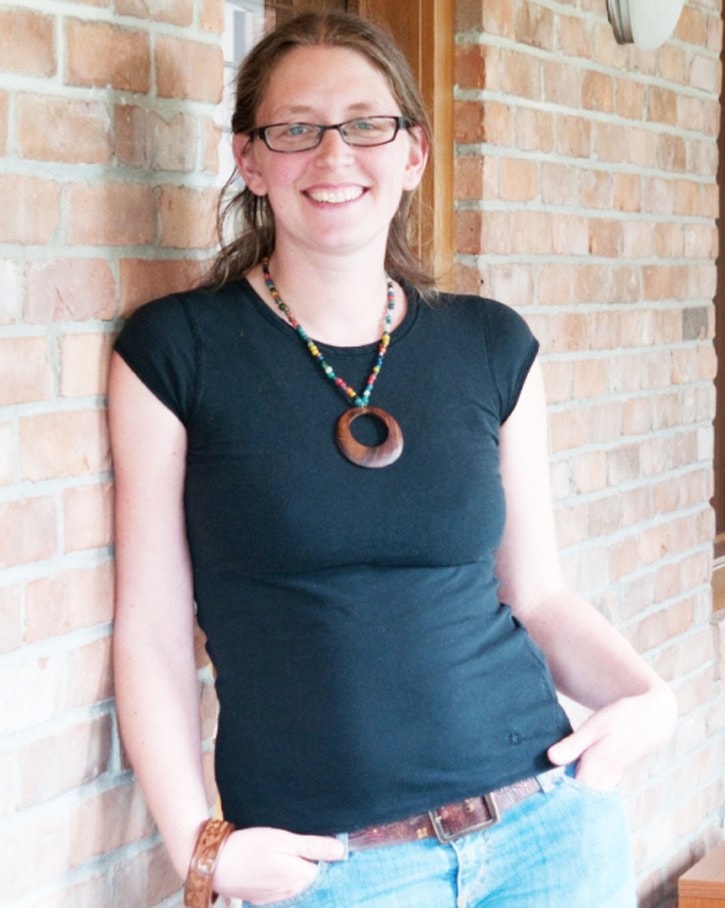A Robson author is looking for stories, photos, and family histories to help her write a comprehensive book on the Arrow Lakes.
“The goal is a complete analysis of the Upper and Lower Arrow Lakes and the narrows,” says Takaia Larsen, who has a $9,000 Columbia Basin Trust grant to complete the manuscript within 18 months.
The book will devote one chapter to each town that once dotted the lake.
“I’m still deciding what defines a town, but thinking wherever the SS Minto stopped,” she says. “If it had a store, it was a town.”
She figures 28 places between Castlegar and Arrowhead met that criteria before dam construction of the 1960s flooded many of them.
Her interest began several years ago when she created an exhibit about Renata for the Kootenay Gallery. Despite growing up in the area and boating recreationally on the lake, she didn’t realize how many communities there once were.
“The work on that one town made me realize there were so many,” she says.
Larsen adds while a number of books have already been published on such places as Burton, Edgewood, and Nakusp, her project will synthesize them all.
As a history instructor at Selkirk College, she has longed for a single volume covering the whole area.
“It’s so scattered and it’s hard for students to get a sense of the history of the whole region,” she says.
She’s particularly intrigued with Oatscott, the Indian reservation opposite Burton that reverted to the Crown in 1953. “I’ve always wondered how that land came into the hands of the province because it was privately owned,” she says. “I’m hoping I can shed light on that.”
She’s also curious about Robson, where she lives on what used to be a large orchard.
She’s hoping to use previously untapped resources, and already has some leads. The Castlegar Heritage Society has 50 pages of transcripts from interviews done 20 years ago, plus materials that used to be housed at the Kootenay Gallery.
The Arrow Lakes Historical Society has over 400 taped interviews conducted by Milt Parent dating back to 1972. And later this month Larsen will visit the BC Archives to listen to other audio interviews of Arrow Lakes residents from the Imbert Orchard collection.
She’s also working with Bruce Rohn, who was raised in Renata, and has many photos.
“It’s a huge project,” she says. “I want it to be well researched and academic but for a popular audience. I’d like to be able to use it at the college. I want people to be able to pick it up and read it.”
Larsen applied unsuccessfully for project funding last year, but thanks to support from local heritage groups, was luckier this time around.
The grant only covers the research phase. Afterward she’ll have to find a publisher.
The book is tentatively titled And Then the Waters Rose: Histories and Memories of the Arrow Lakes.
Once published, Larsen plans to do a reading tour of the entire Columbia Basin, noting East Kootenay residents were similarly displaced by hydro-electric development.
Larsen has two other titles under her belt. She turned her thesis on women working at Cominco during World War II into Sewing the Seeds: Women, Work, and Memory. She also co-authored a limited-edition history of the Castlegar pulp mill, Working Together: Celgar’s First 50 Years in the West Kootenay.
Larsen can be reached at 250-365-3900 or tjmk@shaw.ca.
